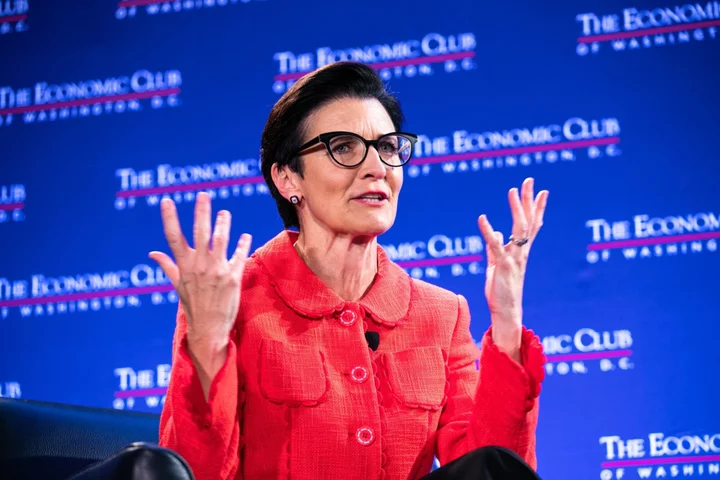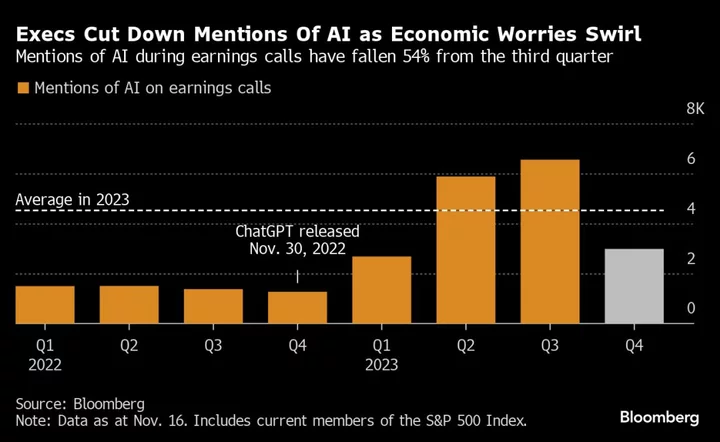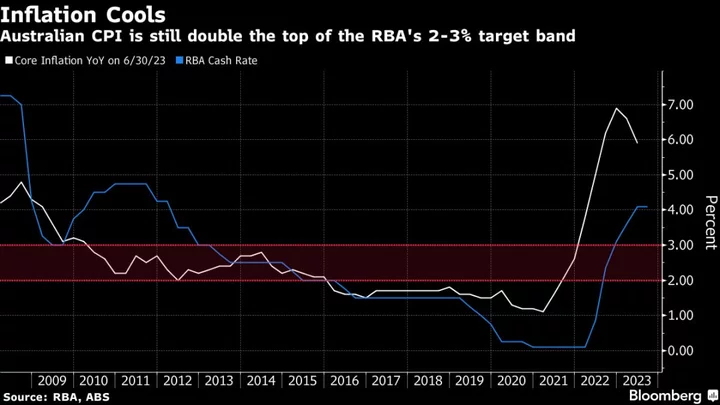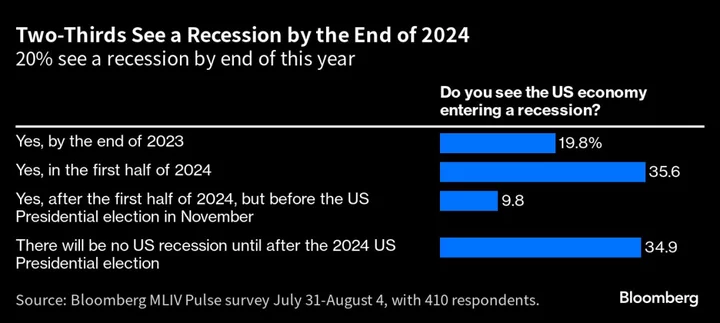Citigroup Inc. is preparing for a wave of job cuts as Chief Executive Officer Jane Fraser launches the biggest restructuring of the Wall Street giant in two decades, part of her effort to reverse a years-long slump in the stock price.
The company will now operate five main businesses and eliminate the three regional chiefs who oversee operations in about 160 countries around the world, according to a statement Wednesday. At least four of Fraser’s senior deputies got new roles in the shakeup, and the firm is looking for a head of banking, which includes oversight of the investment-banking unit.
The moves will result in a number of job cuts in Citigroup’s back-office functions. The company doesn’t yet have firm targets for how many employees will be affected, according to people familiar with the matter, who asked not to be identified discussing personnel information.
“We have taken hard, consequential, tough decisions here,” Fraser told investors at a conference. “They are not going to be universally popular within our bank. It’s going to make some of our people very uncomfortable. I am absolutely fine with that.”
Shares of the company rose 2.1% to $42.54 at 2:41 p.m. in New York. Still, the stock is down roughly 40% since Fraser took over in early 2021, more than double the decline of any major US rival in that period.
Five Businesses
The firm is scrapping its two longtime core operating units, one of which focused on institutional clients while the other housed the firm’s consumer offerings.
Citigroup will instead now have five main operating units, including a services unit led by Shahmir Khaliq, a trading division headed by Andy Morton and a US personal-banking division under Gonzalo Luchetti. Peter Babej will lead the banking division on an interim basis, while Andy Sieg is set to join later this month from Bank of America Corp. to lead Citigroup’s wealth offerings.
All five men will be on Fraser’s executive management team, which will expand to 19 people. That includes Ernesto Torres Cantu as head of international, while Sunil Garg continues to lead North America.
“This should help reduce the fiefdoms that have plagued the firm in lieu of greater coordination,” Mike Mayo, an analyst at Wells Fargo & Co., said in a note to clients. “The risk for this type of move is always undesired departures and internal strife, especially with Citi’s history.”
Paco Ybarra, who previously oversaw the institutional-clients group, will remain on Fraser’s executive-management team as a senior adviser ahead of his retirement next year. He will focus on the firm’s generative artificial intelligence efforts.
Anand Selva, who previously oversaw the overarching personal-banking and wealth-management division, will continue as chief operating officer and will help run the firm’s work to upgrade its risk-management offerings. That’s part of efforts to comply with a pair of consent orders regulators saddled Citigroup with in 2020.
Back-Office Functions
Fraser said her moves on Wednesday were motivated, in part, by a desire to hold managers more accountable in her push to improve Citigroup’s returns, which have long lagged peers. To that end, she said, the firm has eliminated most of the co-heads it previously had running some of its largest and most important businesses.
In investment banking, Tyler Dickson was named sole head as his longtime co-head, Manolo Falcó, became a vice chairman. Dickson will ultimately report to Babej’s permanent replacement after the latter retires at some point next year.
“While I’m confident that the steps we’re taking will simplify the organization and improve our competitiveness, they will result in people changing roles or leaving our firm,” Fraser said in a memo to staff seen by Bloomberg News. “The scope of some roles has been intentionally changed to free up our producers and dealmakers to focus more of their time on clients and drive our results.”
Citigroup has seen its headcount swell to 240,000 in recent years as it hired a bevy of engineers, consultants and other compliance workers. With its upcoming push to slash staffing levels, the bank will evaluate the tens of thousands of workers it has dedicated to back-office functions such as finance, human resources, operations and technology.
That’s because many of those workers’ roles were tied to a certain region, the former institutional clients group or the personal-banking and wealth-management division.
“We won’t have those anymore,” Chief Financial Officer Mark Mason told investors at the conference. “As a result, that work goes away, those responsibilities go away, those people will have to go away.”
(Updates with Mayo’s comment in the ninth paragraph, updates shares in fifth.)









